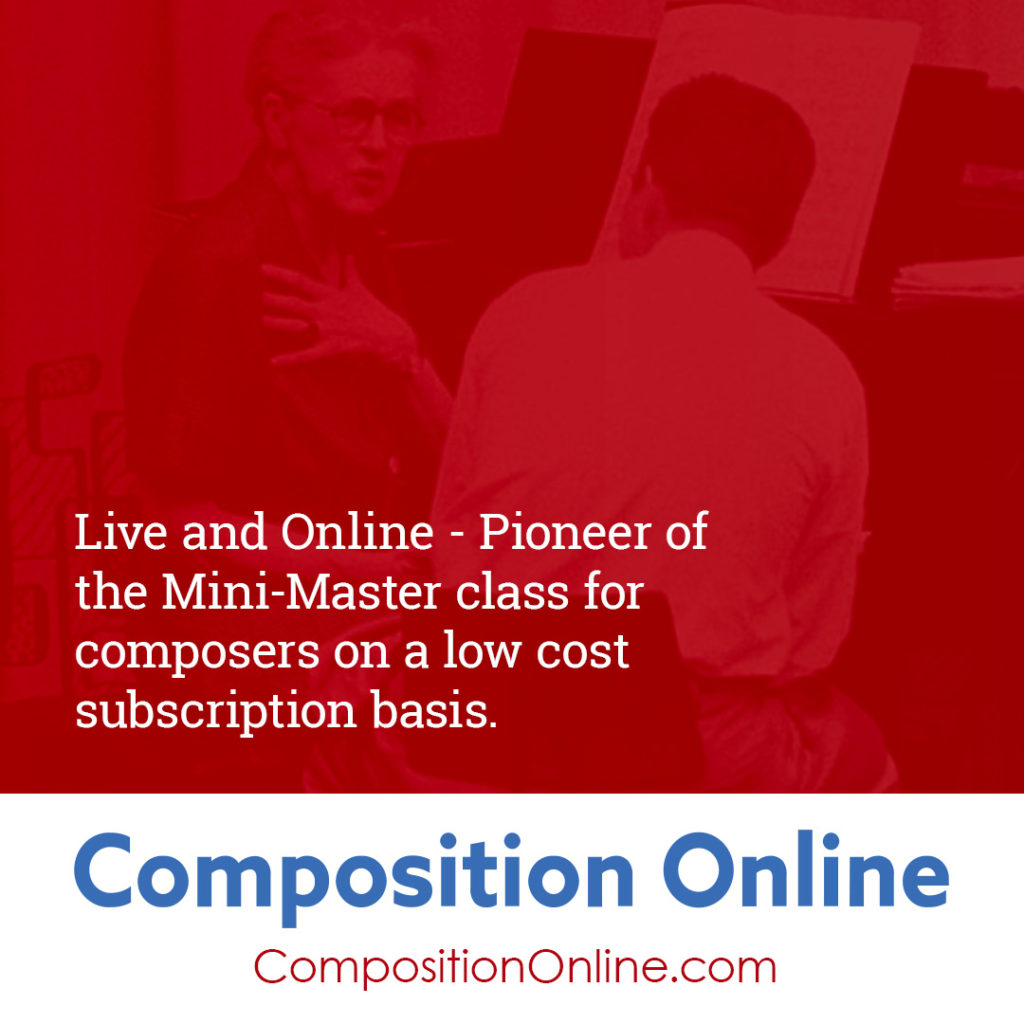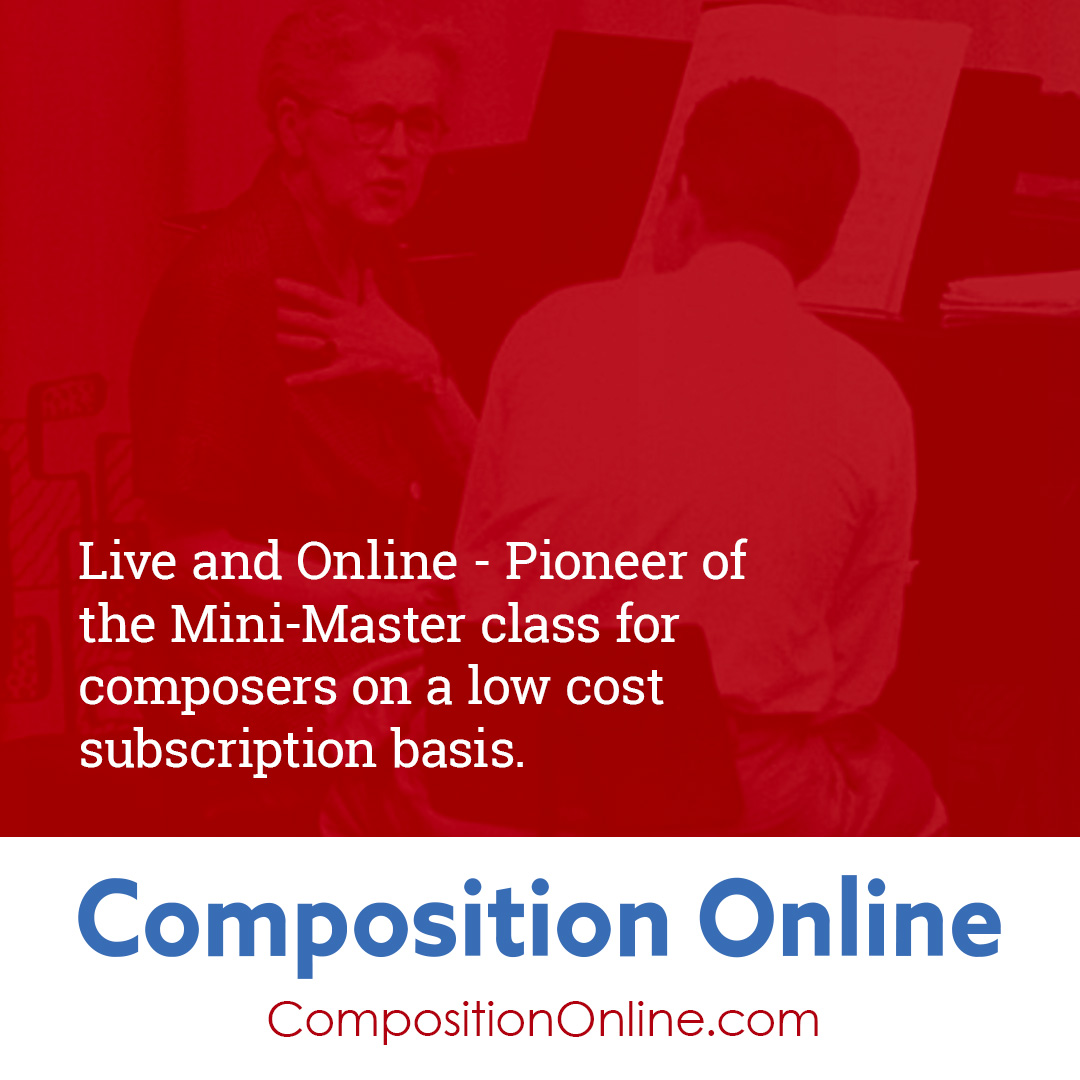The battle against self-commoditization
Let’s take a look at architecture. Dictionary.com defines an architect as “a person who designs buildings and in many cases also supervises their construction”.
An architect is an artist, a creative artist, and like any artist, there are all levels of talent ranging from mediocre to genius. Not all architects are of equal talent and capability. The same goes for music composers whose throngs are of unequal talent.
Over the last 20 years, the architecture has evolved and embraced technology. The manner in which this has manifest is through the advent of computer assisted design, otherwise known as CAD. These programs (like AutoCad) are miraculous operational and production tools, and generally utilized to create and manipulate geometric shapes into specific designs.
Walk into any medium sized architecture firm and look around. What you will see is physical space that segregates the architects (the “design” artists) from the CAD operators (production). There is even an industry of outsourcing the CAD operators to India and other areas of the world for capable and inexpensive operators.
Make no mistake about it, there are many talented and capable CAD operators. However, CAD is a back-office function, a commodity, priced and billed out at lower rates than the front office creatives (the architects).
Architecture firms run efficiently, and provide a balanced set of value propositions to their clients.
Media Composing – The back-office has taken over the front office
A good friend and composer colleague often says to me “today’s modern composer has to do it all”. Yes, that is largely correct. The trend over the years is for the production aspects to gain inordinate weight in the process. Production technology is wonderful (and many of the production professionals very talented), including DAW’s, sampling, mastering software, and so much more. The back-office has taken over most of the front office, and now rules. And the buyers have bought into it, where the pricing of media composition services has wrapped completely around the commoditized bundling of production and creativity. One size fits all, and fees have plummeted, still dropping.
Now, this is not the case for all. Composers like Danny Elfman, Hans Zimmer can get away with not being able to do it all for one simple reason – they have the money to pay others to do it for them. Composers like John Williams are at the other end of the spectrum, strong on musicianship and orchestration skills, and have the resources to pay for production. Take these same composers and drop them into the market as new entrants and the question arises as to whether they would be successful; I’m not so sure.
The Culprits
Schools and Curriculums Course mixes at schools like Berklee College of Music, NYU Steinhardt, Columbia University, USC Thornton School of Music and others offering media composing programs emphasize a preponderance of production and technology skills. Musicianship skills increasingly take a back seat to production technology. The lure of tuitions of $70,000+ per year has contributed quite a bit to the lowering of standards at these “name” institutions. Composers on the scene today often aspire for recognition and artistic validation in concert halls; unfortunately, the majority cannot do it. They don’t know how.
Professional Societies For decades professionals in every walk of life work hard at brand enhancement before the public (i.e. “buyers”). Groups like the American Bar Association, American Institute of Certified Public Accountants, American Medical Association and other professional groups devote significant resources towards specialty designations, thereby segmenting out the memberships between general practitioners (lower paid) and specialists (higher paid). These esteemed groups work hard towards educating the marketplace of buyers through a myriad of traditional awareness initiatives, such as panel discussions, branding of specialists along with requirements for entry. Imagine, if you would, if these professionals had a “one size fits all” pot. It wouldn’t work, and would quickly lead to commoditization. Professional fees would drop like a rock in a pond.
The Composers Themselves Are they the culprits? Hmmm, I think not. They are the victims, doing the best they can to survive and create music for the joy of others.
Some Solutions
It takes a village. And time…..lots of it. It took years to drive the media composer car into a ditch, and it will take many years and a healthy international conversation to work its way out of it. Brands take time to restore, particularly following long term damage. Here are four areas for improvement. There are others.
Professional Societies, some of which have general membership, and those that focus on gender and ethnic constituents, can do their part by turning their attention towards the relationships between musical content and music production. The production aspects are well oiled at this point, but there is no better way of driving success into the market than composing better music. A refocus on musicianship and advanced composition skills and techniques combined with segmentation of education and branding to the buyers of music for media will no doubt achieve results. Composers will make more, the music will improve, the public will enjoy it, and producers will wind up with better product to sell with greater longitudinal value.
Schools and universities can likewise focus in on the return to higher levels of artistic achievement in the students they accept, educate, and then turn out into the world. It’s important to bear in mind that film composing began with the composition of a symphonic score for The Brothers Karamazov in 1930, the first motion picture with a film score by the classical composer Karol Rathaus. The score came first, the picture came second. Rathaus didn’t need credibility to write for the concert hall.
Professional groups and educational institutions can team up, and begin the long-term conversation and implementation to raise standards. Over time, the supply and demand curve will change, the result of which will be that directors and studios will come around. One size fits all will no longer be in vogue, and composers will be more adequately compensated.
Composers also can do their part, although much more difficult for them. Composers work alone, and for the most part, lack adequate resources to compete. However, they can do their best to work on their musicianship skills, study throughout their lifetimes, and parse out production functionality (low paying) from creativity, where there is room to grow.
Continuing Education In the 20th century, Nadia Boulanger taught hundreds of composers that had already graduated. Composers in film, jazz, and classical (many household names like Aaron Copland to Charles Fox) flocked to Paris to study with her. This is no longer the case for composers in the 21st century. A very odd stigma towards continuing education for professional composers has crept into our culture. Many believe that after graduation, their musical studies are complete, and need only learn more about technology trends and production advancements to be competitive. Nothing could be further from the truth.
Composers and The Future
There are more composers now than ever before in human history. Technology has made vast musical resources available to listeners, and to those that have a calling to compose. It takes more than great ideas to be a great composer. Great ideas need shaping, nurturing – a dedication to craft and detail before new music is ready for the world to hear. Eventually, the market will turn back towards musical content and quality, and away from back-office production solutions that have become the vogue of the day.
Steve Lebetkin is the founder of Composition Online, a pioneer in extended learning for professional composers, and the developer of the Mini-Master Class – Live and Online continued learning for composers worldwide. For more information please direct your inquiries to: scores@compositiononline.com

